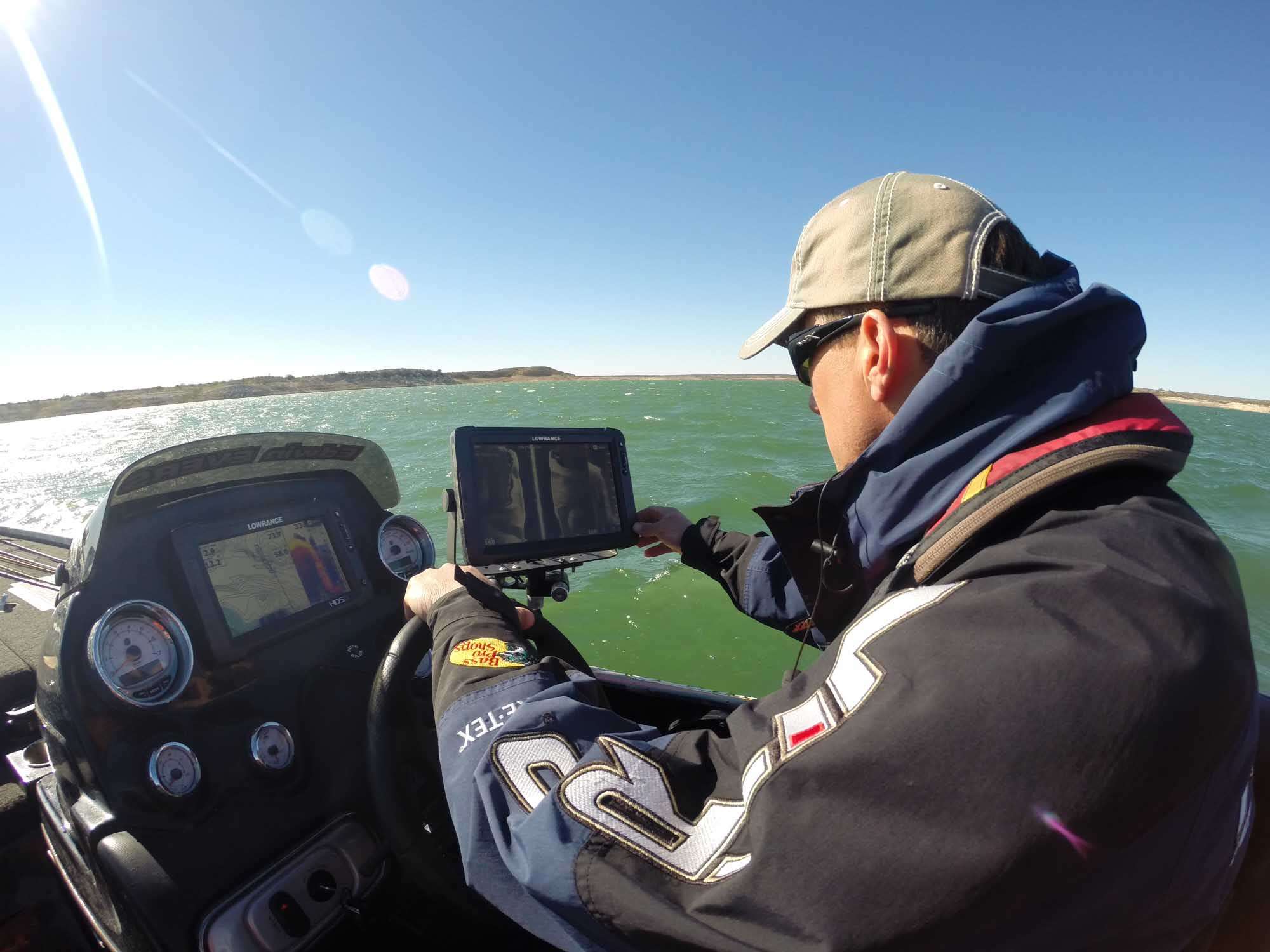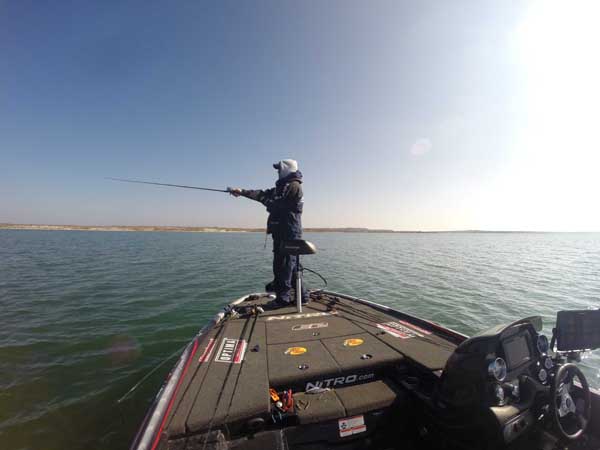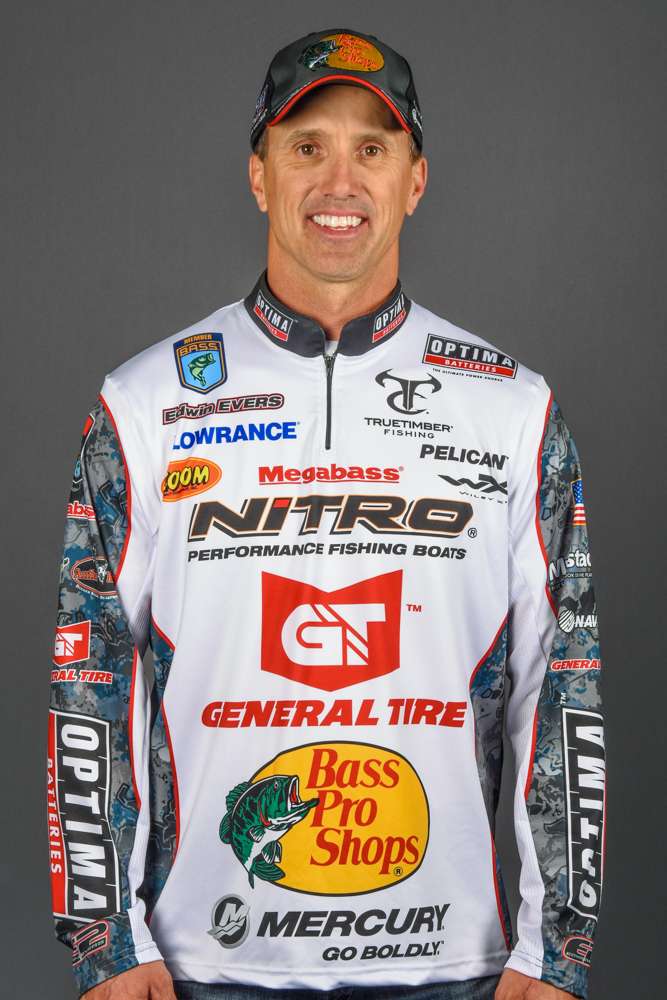
Practicing for a bass tournament can be a complicated thing. Over the years, I’ve found what works for me, but I can’t say it’s the answer for everyone. Ultimately, every tournament angler needs to find what works for him based on the waters he’s fishing, the time available and the tournament rules and format.
When I practice for a tournament, one of the first things I consider is whether the lake or river is going to be all about an area or a pattern. Florida waters tend to be about areas. Man-made reservoirs — especially large ones — tend to be about patterns. It’s important to know whether you’re looking for an area or a pattern.
Another factor is the length of the tournament you’re fishing. If it’s a one-day event, I’ll try to find the best area I can and get there first. If it’s a multi-day event, I know I’ll probably need a strong pattern to do well.
If I’m practicing for a tournament on a body of water I’ve never seen before, I usually approach it one of two ways. I’ll either start fishing right away, working around a creek or pocket to see where my bites come from, or I’ll drive around until I find something that looks good to me.
A big part of practice is having my tools ready. Sometimes that means lots of rods and reels on the deck, all rigged with different baits that I think could be important in the tournament.
As an example, if I’m fishing a midland impoundment during the postspawn, I’ll probably rig up a couple of deep-diving crankbaits, a football jig, a walking bait, a buzzbait, a popper, a shaky head, a drop shot, a deep-running swimbait, a big flutter spoon, a couple of flippin’ and pitching baits, a finesse jig, a spinnerbait and a Carolina rig. I realize that’s a lot of gear, but I want to be able to try different things quickly. If I don’t already have them rigged and ready, I probably won’t stop to do it on the water.
On a midland impoundment in the postspawn, I’ll probably pick a big creek and try to find a pattern that involves boat docks or points. I’ll try to determine how far along the bass are, too. Are they in the mouths of the pockets or creeks, or are they already starting to settle into their summertime patterns? Is there a shad spawn happening around the boat docks or are there bass guarding fry? The answers to these questions can tell you a lot about how you should be fishing.

Seasonal patterns are everything when you’re preparing for any bass fishing trip — whether it’s a tournament or not. The more you know about how bass behave throughout the seasons, the better you’ll be at finding and catching them.
In the Elite Series, we get two and a half days to practice before an event. It starts on Monday and ends on Wednesday afternoon with registration. I like to spend as much of that time as I can by quickly fishing a variety of areas and covering as much water as possible.
If I get one bite in an area, that’s good. If I get two bites, it’s phenomenal. That’s due to the speed I’m fishing and the water I’m covering. I’m going as fast as I can and still being efficient and effective. Once the tournament starts, I’ll go to the area or start fishing the pattern that produced the biggest bass or that I think can get me a quick and solid limit.
I hope that gives you some insight into the way I approach tournament practice. There are other aspects, of course, but that’s the big picture that you can apply anywhere — including where you fish.
I want this column to be interactive. If you have questions, please post them in the comments area below. I’ll get to as many as I can, but please be patient. A lot of your questions and comments will end up as the subjects of future columns.





